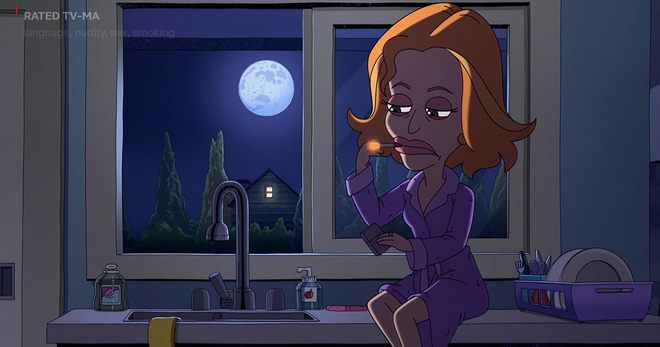Youth-rated films nominated for Oscars feature more tobacco imagery than previous years
Almost 80 percent of films that competed for a 2019 Oscar award featured tobacco imagery, including two-thirds of youth-rated films, according to Smokefree Movies at the University of California, San Francisco.
37%
37 percent of adolescents who start smoking do so because of smoking images they saw in movies
Research has shown that exposure to smoking imagery in movies directly influences youth smoking behaviors. For example, 37 percent of adolescents who start smoking do so because of smoking images they saw in movies. More research found that youth who are heavily exposed to onscreen smoking imagery are about two to three times as likely to begin smoking, compared with youth who are lightly exposed. While major film studios have made some strides to reduce tobacco imagery in movies, tobacco depictions have persisted in youth-rated films.
This year, Oscar-nominated youth-rated films (G, PG and PG-13) averaged 99 tobacco incidents per film, up from 69 incidents per film in 2018, researchers at Smokefree Movies found. Tobacco incidents include images of a tobacco product, tobacco branding or tobacco use on screen. Of the 2019 Oscar-nominated films that were rated PG-13, the ones that had the most smoking included Bohemian Rhapsody (152 tobacco incidents) and Green Book (381 tobacco incidents).
Public health groups have repeatedly called on entertainment studios to apply an R rating to any movie with tobacco use, unless it portrays real people who used tobacco, such as in documentaries or biographical dramas, or depicts the negative health effects of tobacco use. In 2014, the U.S. surgeon general concluded that if all films with smoking were rated R, teen smoking rates would decline 18 percent. That same year, the Centers for Disease Control and Prevention determined that giving an R rating to movies with tobacco content would prevent 1 million tobacco deaths among children and teens alive today.
As tobacco use rates continue to decline, entertainment media and pop culture remain a place where smoking is portrayed positively, as a normal social behavior and as glamorous, rebellious and edgy. Tobacco in any form of entertainment contributes to the renormalization of smoking, and the expansion of the media landscape means that there are more opportunities for exposure — not only in movies, but in TV streaming and video games, too.
More in tobacco in pop culture
Want support quitting? Join EX Program
By clicking JOIN, you agree to the Terms, Text Message Terms and Privacy Policy.
Msg&Data rates may apply; msgs are automated.



